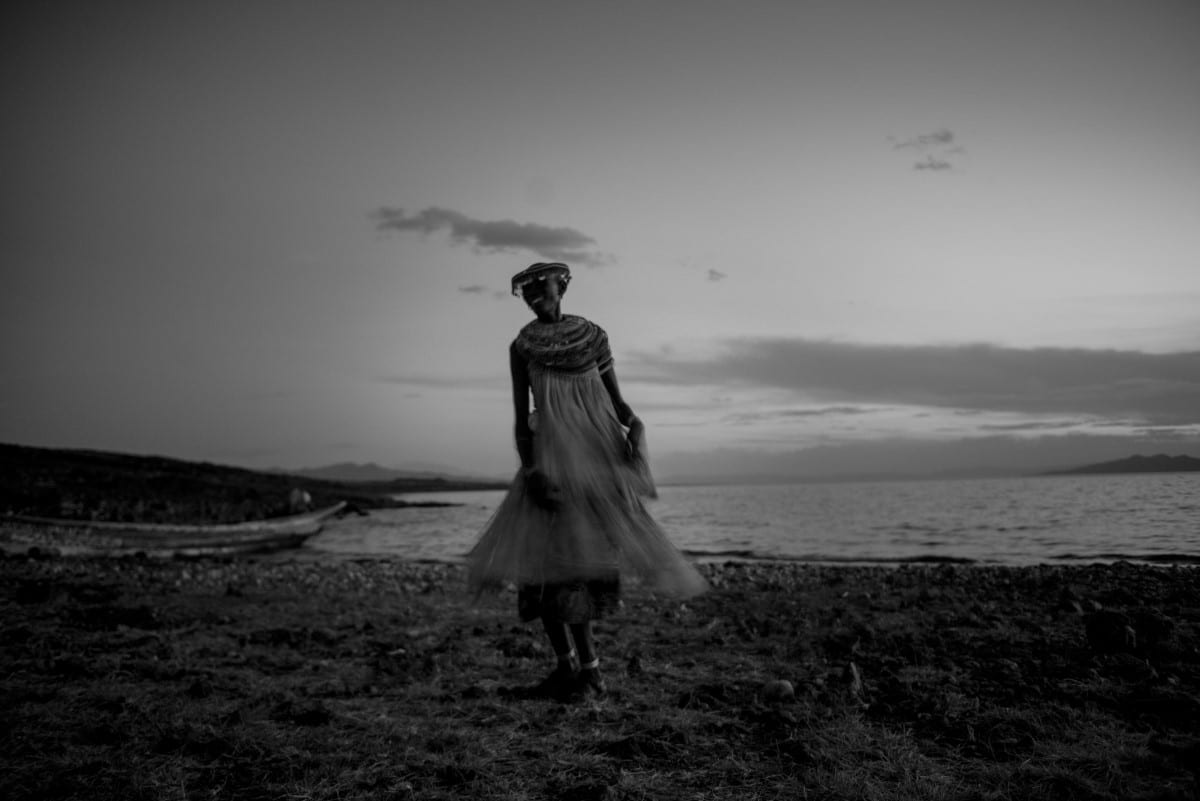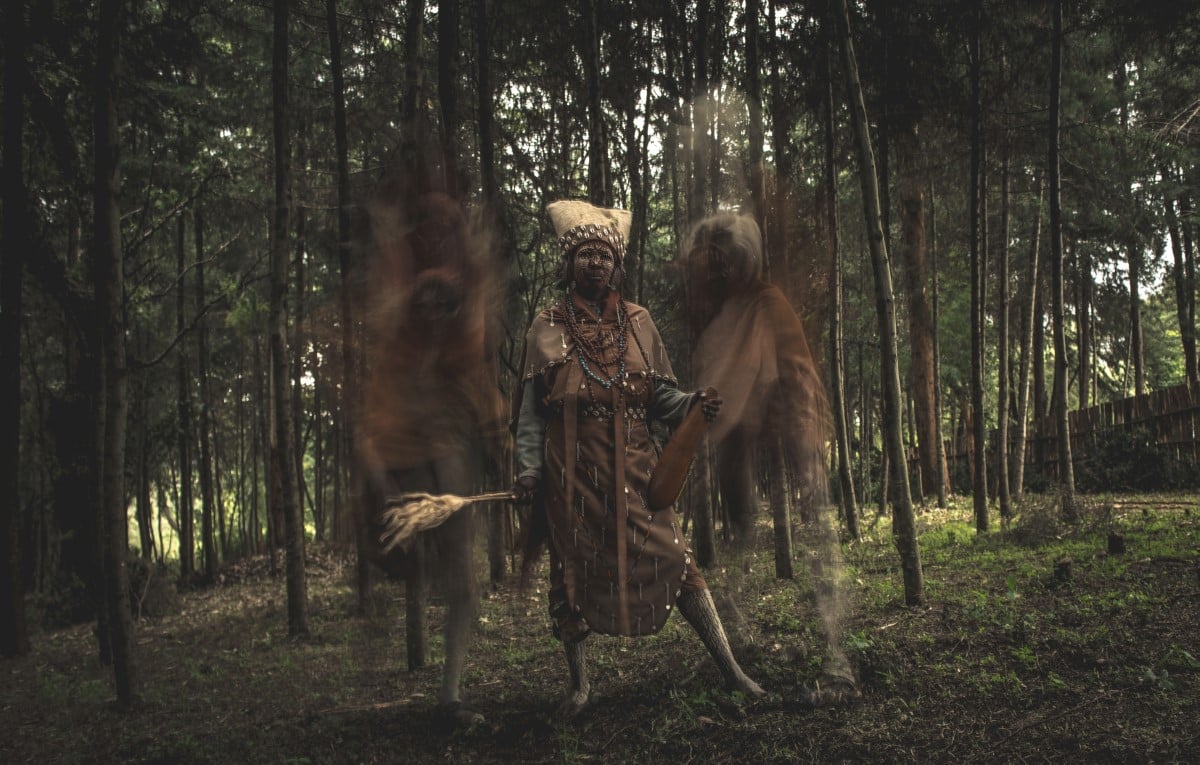Kenyan photographerMigwa Nthigais shedding light on Indigenous culture in his evocative series of portraits,Walks Of Life.
For the series, Nthiga followed Indigenous Nilotic people as they went about their daily activities.
With dramatic lighting and interesting color choices, the portfolio has a cinematic quality that elevates the photography.
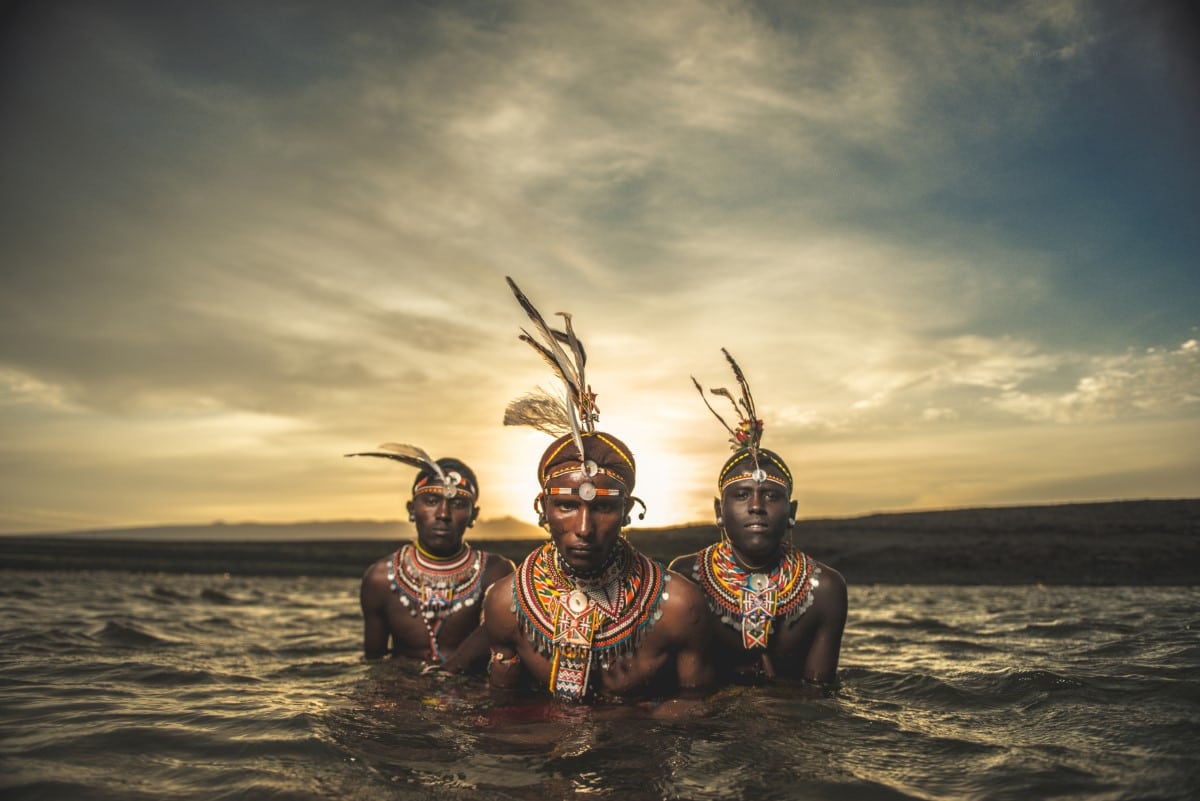
Looking at the photos, it should come as no surprise that Nthiga has experience in advertising.
His images not only tell a story, but they also sell the viewer on the narrative.
Read on for My Modern Met’s exclusive interview.
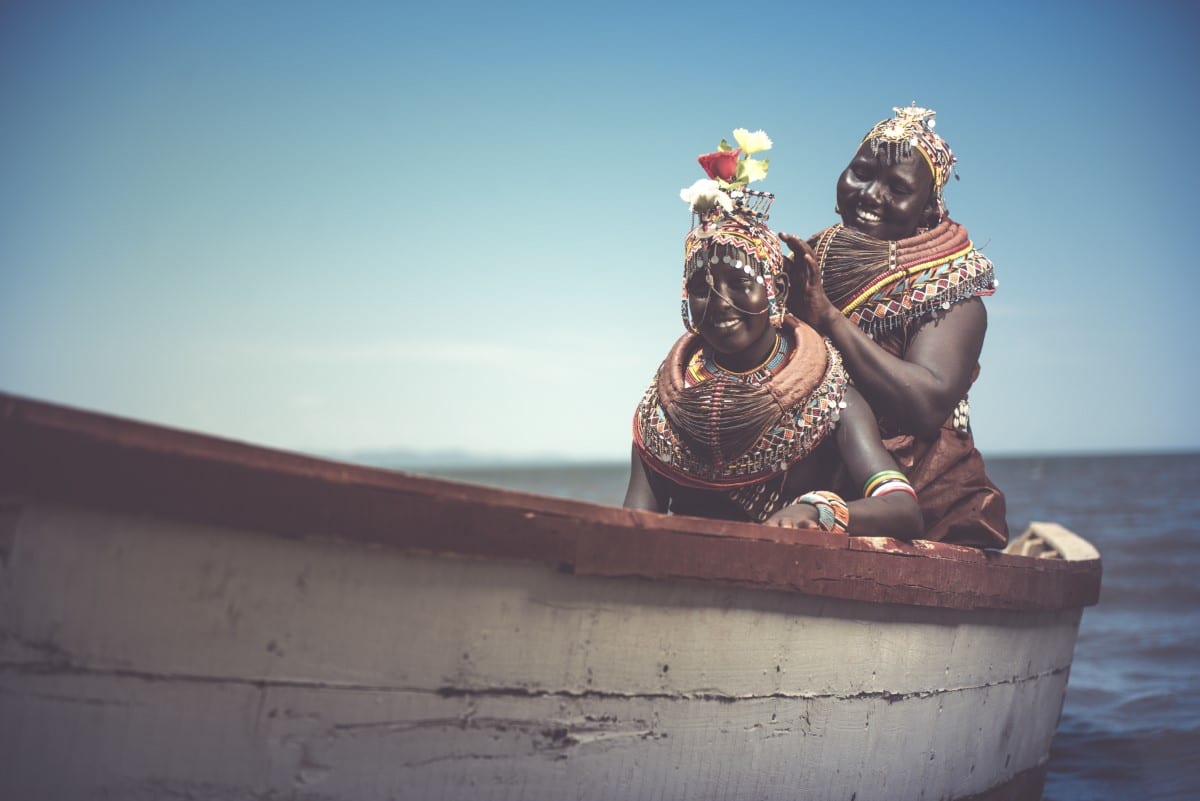
How did your love for photography begin and when did it become a serious profession?
My love for photography began when I was a sophomore at university studying Public Relations and Marketing.
It was the only course I studied and practiced ahead of the course plan.
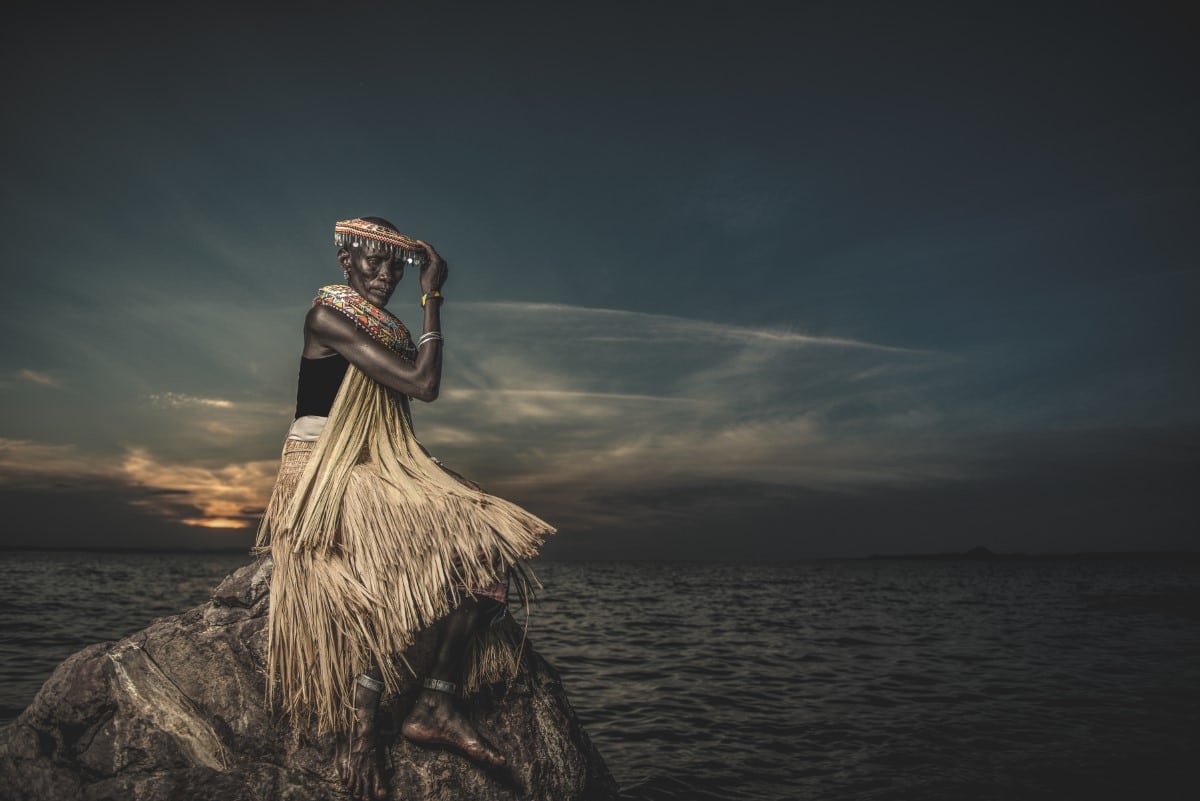
We would lose track of time doing this…it was great!
You do lots of different types of photography, but your portraits and documentation of people are particularly striking.
What fulfills you creatively about photographing people?
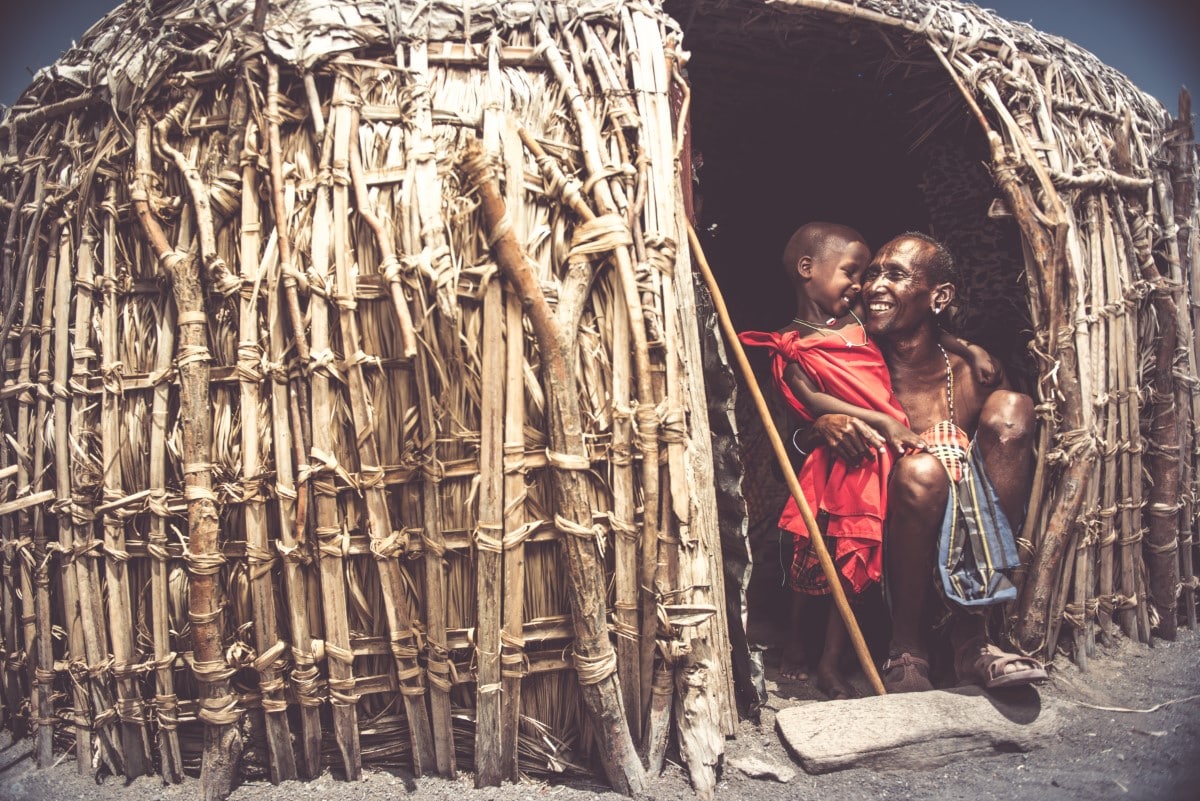
Documentary photography also allows me to travel and visit places I have never been.
How did the idea forWalks Of Lifecome about?
MyWalks Of Lifeseries was born through the need to tell authentic Nilotic Indigenous stories.
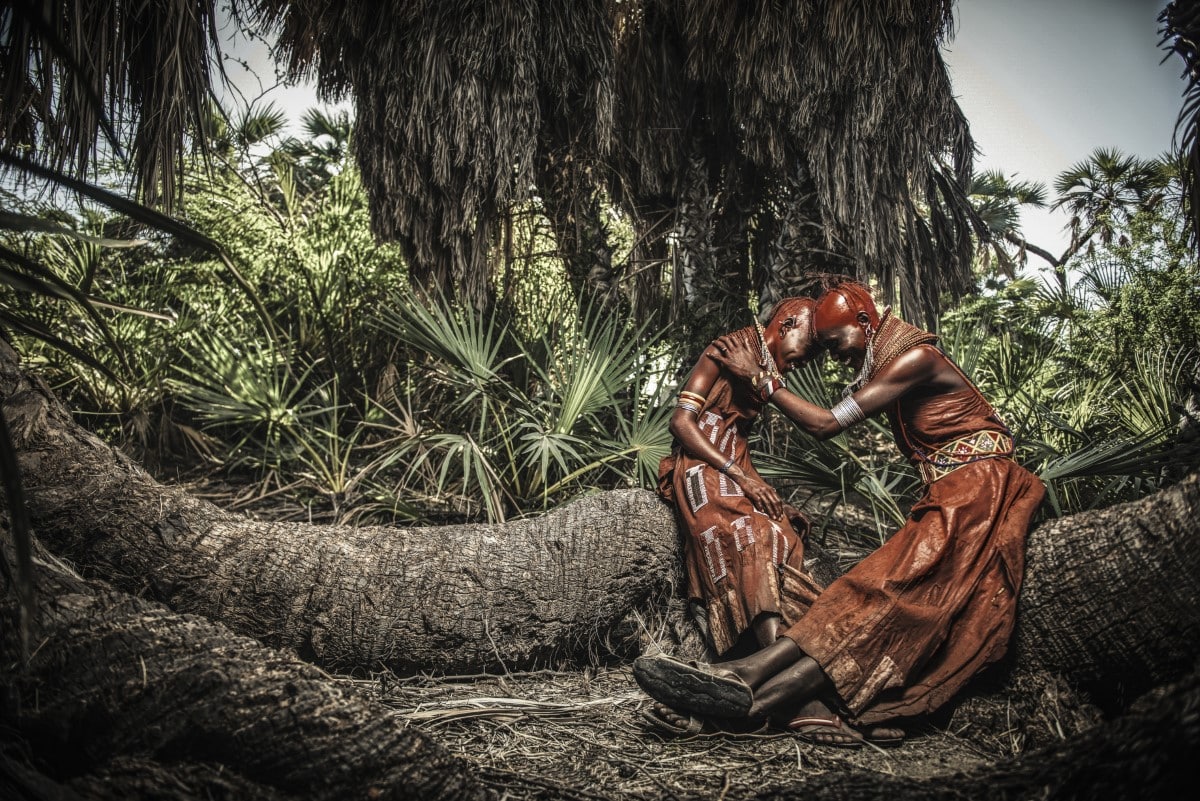
Why was it important for you, as a native of Kenya, to tell this story?
We need more Kenyan and African storytellers to tell our own stories because they are authentic and homegrown.
What was the most challenging part of creating this story?
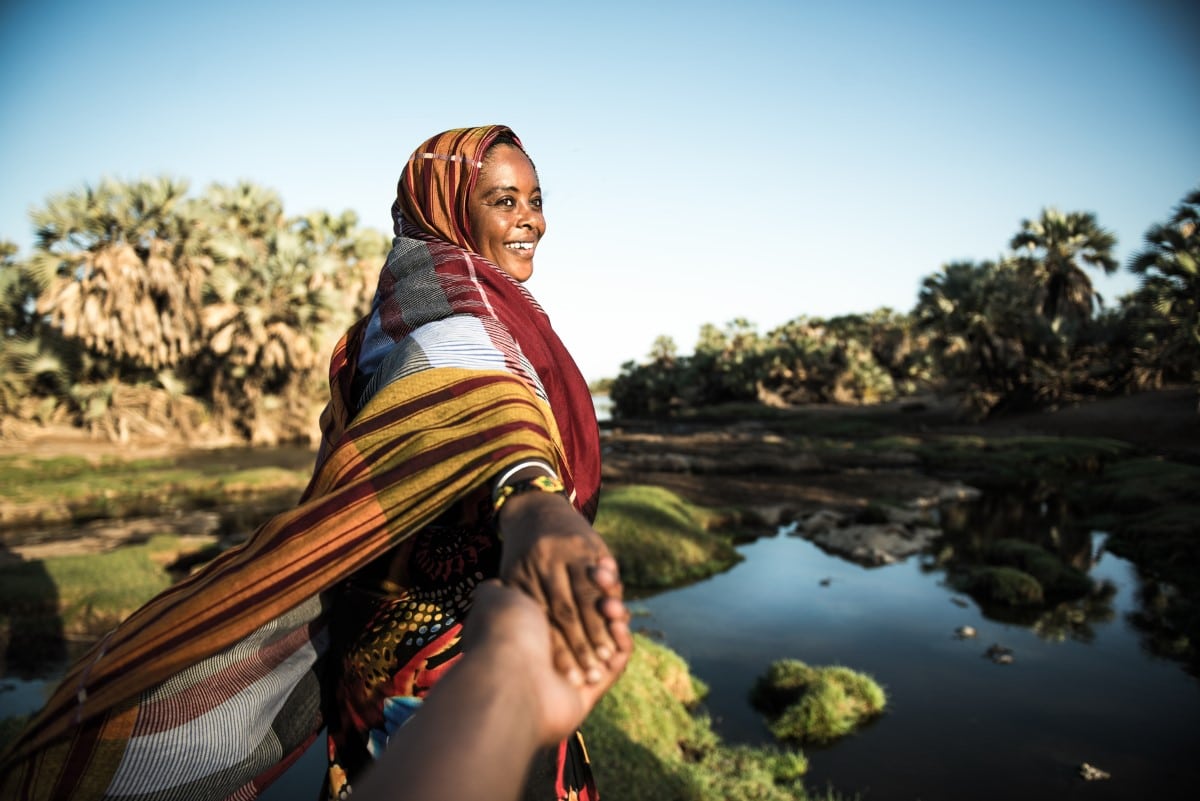
So much photography we see of African cultures is taken by foreigners.
Can you share a bit about why you think that is?
I think it’s because foreigners are curious about African cultures.
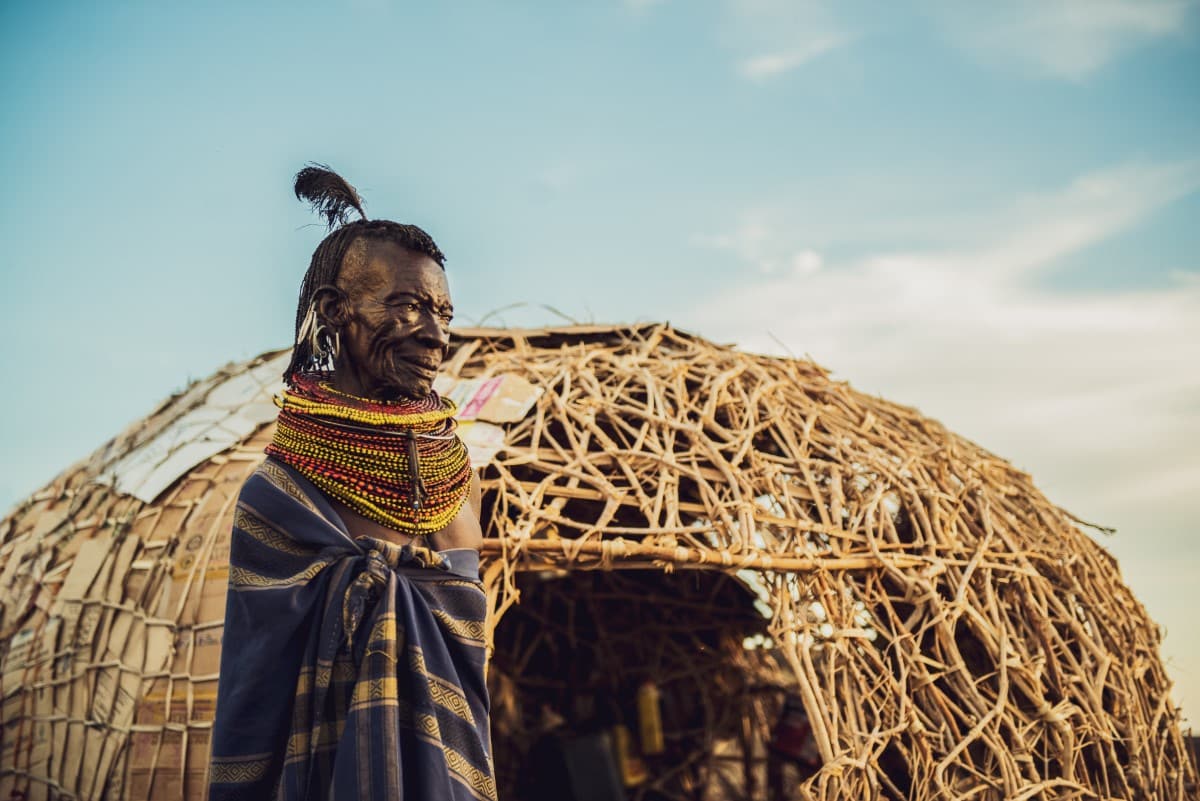
To others, it could just be to make money from the unique stories they find in Africa.
Do you see African photographers starting to get more opportunities to show their own perspectives to an international audience?
What do you hope that people take away from these photos?
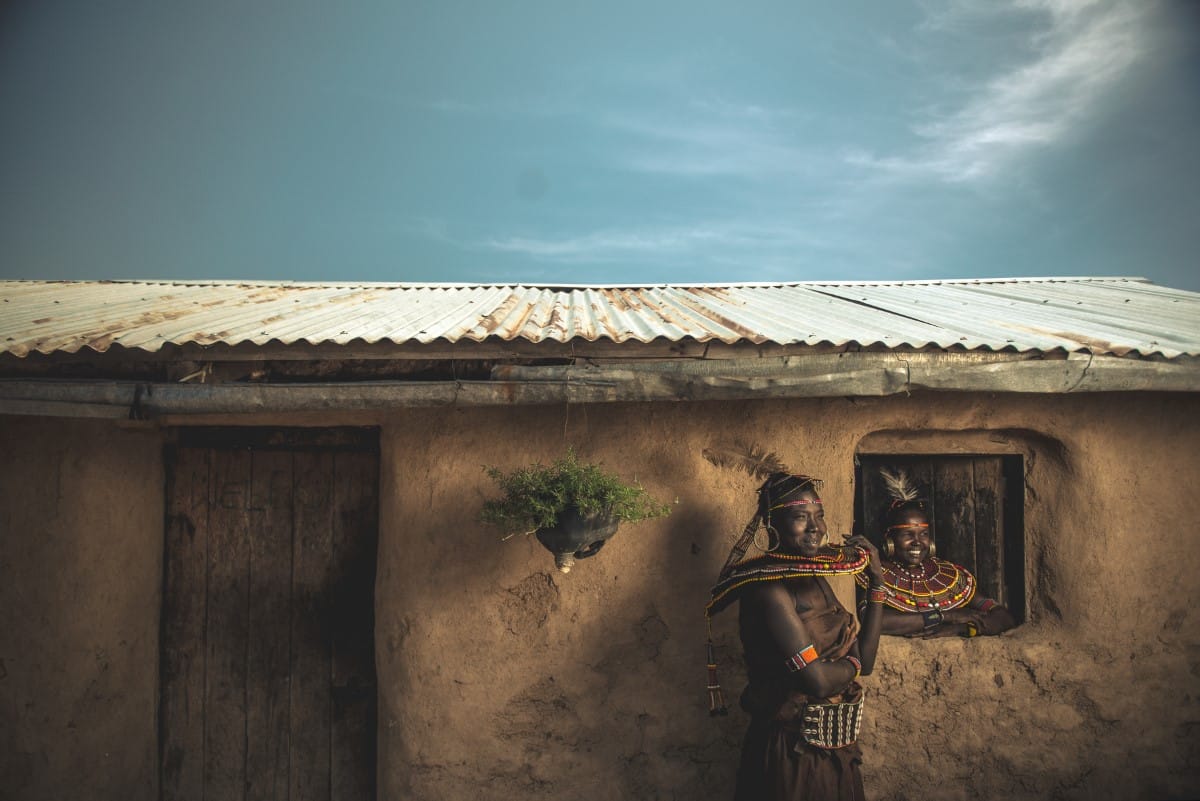
I hope my photos inspire other African storytellers to take part in retelling the African narrative.
What are you working on now?
Related Articles:

